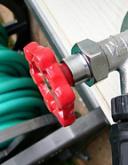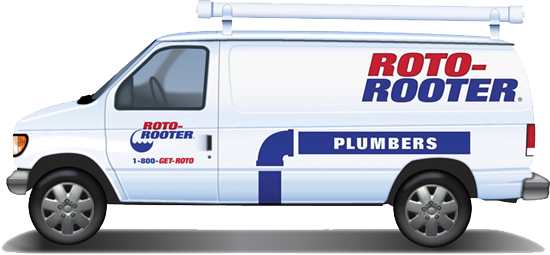Seasonal Plumbing Tips for Fall
 Chilly fall temperatures serve as a polite reminder that when winter arrives it can be sudden, often leaving homeowners unprepared for the troubles associated with extreme cold. A few simple plumbing preparations now will help prevent headaches and costly repairs throughout the winter months.
Chilly fall temperatures serve as a polite reminder that when winter arrives it can be sudden, often leaving homeowners unprepared for the troubles associated with extreme cold. A few simple plumbing preparations now will help prevent headaches and costly repairs throughout the winter months.
- Disconnect outside water hoses. If left connected, water in the hoses can freeze and expand causing faucets and connecting pipes inside your home to freeze and break.
- Make sure outside faucets aren’t dripping or leaking. Make the necessary repairs or call a plumber before freezing temperatures arrive. Be aware that when pipes freeze, water pressure builds causing cracks – no matter if the pipe is made of plastic, copper or steel. Even a tiny crack can unleash enough water to cause serious damage or flooding.
- If your home is equipped with interior shut-off valves leading to outside faucets, close them and drain water from outside lines.
- Cover outside faucets using a Styrofoam faucet insulation kit available at home centers.
- Insulate pipes in unheated areas, such as garages or crawl spaces. Apply heat tape or thermostat-controlled heat cables around pipes that are exposed and prone to freezing.
 Seal leaks around doors and windows to reduce cold air penetration.
Seal leaks around doors and windows to reduce cold air penetration.- Your water heater works harder during winter months. Flush it out and remove sediment buildup, which causes corrosion, shortens life span and reduces heating efficiency. Drain several gallons from the faucet near the bottom of the tank. Connect a hose to the faucet and direct water into a nearby drain. Check your water heater manufacturer ‘s website for specific instructions concerning your make and model.
- Carefully test the water heater’s pressure relief valve (Danger: water is very hot) by lifting up on the lever and letting it snap back. The valve should allow a burst of hot water into the drainpipe. If not, call a professional to have a new valve installed. Caution: if your water heater is more than five years old and the pressure relief valve has never been tested, you can actually cause a leak by testing older valves that have corroded or stuck seals. A plumber should be consulted.
- Check the temperature setting on your water heater’s thermostat. Set at 120°F for optimum performance.
 Clear leaves and debris from outside gutters and downspouts to ensure easy drainage when water freezes and thaws throughout the winter season.
Clear leaves and debris from outside gutters and downspouts to ensure easy drainage when water freezes and thaws throughout the winter season.- Inspect and clean sump pump and pit. Pumps exposed to extreme cold can freeze, preventing the pump from operating.
- When leaving home for extended periods, shut off the main water valve and drain the system by opening faucets at the highest and lowest points of the house. Make sure the heat is left on and set no lower than 55°F.
Caution! These plumbing tips are intended for homes that will be inhabited throughout the winter months. Many additional steps should be taken to winterize vacation properties that will be left unattended for weeks or months at a time. Seek professional help for winterizing such properties.





















